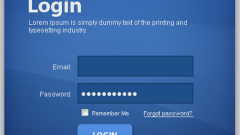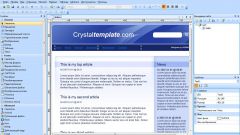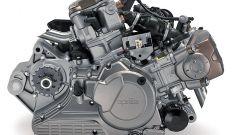Instruction
1
For the effective management of all parameters of practical use CMS. Today presents a large number of engines. Among them there are both free and paid system that is aimed at meeting the needs of the web master depending on the purpose of creation of the resource.
2
Among the free systems site management one of the most popular are Joomla, Wordpress and Drupal. With their help, you will be able to create as a normal blog or personal page business card small online shop or thematic resource.
3
CMS installation is carried out with the help of the site control panel, which is available from the hosting provider. Unpacking the files you need can be done using the FTP file Manager by downloading the archive web-site and then unzipping on the resource.
4
Unzip files on hosting, go to the site to start the installation of the control system. Specify the required configuration of the engine settings. After the installation, go to the dashboard site by using the link which will be provided after the installation procedure.
5
In admin panel you will see all the possible options for site management. You can make settings of the display content and display the desired information to users. You will be able to manage groups of visitors and to post through the appropriate interface elements.
6
Manage sites without installing a CMS is done through the hosting control panel and work programme FTP. Using the Protocol for uploading files you can upload the required documents, pre-edited on the computer.
7
Access to the hosting control panel is at the address provided by your hosting provider upon registration and payment. Through the settings you can create a MySQL database, manage plugins, edit some of the configuration data, and create backups. Depending on the type installed on the hosting panel will change and the available options.






